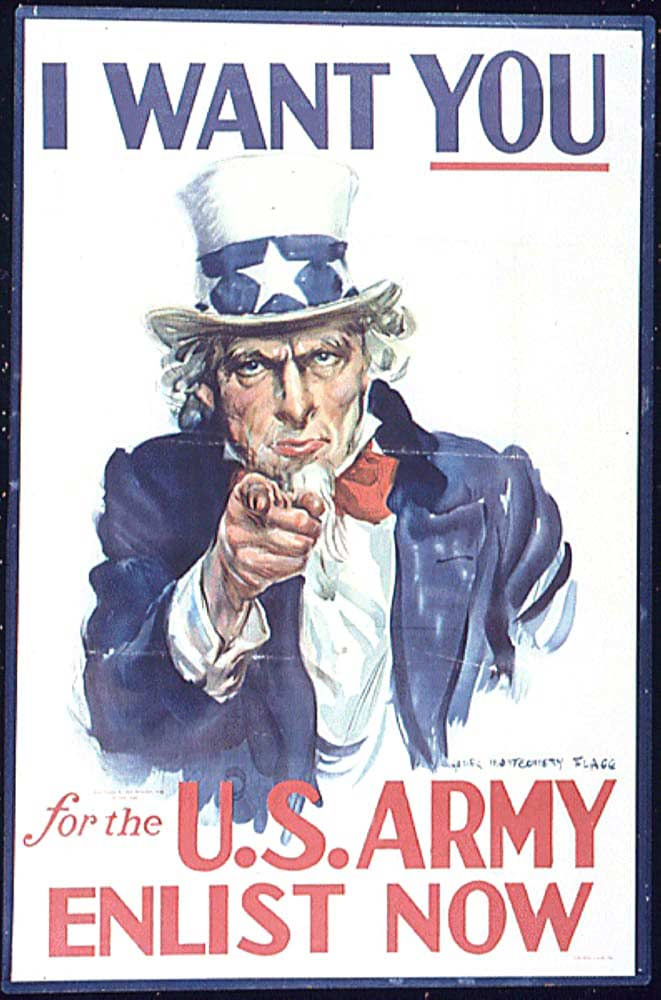D-Day at 80: How WWII Posters Galvanized the War Effort
- Paul Francis
- Jun 6, 2024
- 3 min read
On June 6th, we marked a significant milestone: 80 years since the D-Day landings. This momentous day in 1944 saw the Allied forces embark on one of the most daring and pivotal operations of World War II, forever altering the course of history. Known as Operation Overlord, the D-Day invasion was a massive military effort that saw over 156,000 American, British, and Canadian forces landing on five beaches along the heavily fortified coast of Normandy, France.
D-Day: A Turning Point in World War II
The D-Day landings were meticulously planned and involved extensive coordination and deception strategies to mislead the Axis powers about the actual invasion site. The beaches, codenamed Utah, Omaha, Gold, Juno, and Sword, were stormed under intense enemy fire. Despite the formidable German defences, the Allied forces managed to secure a foothold, which became the springboard for the liberation of Western Europe from Nazi occupation.
The success of D-Day was not only a testament to the bravery and sacrifice of the soldiers but also to the strategic planning and resilience of the Allied command. The operation demonstrated the power of unity and determination, qualities that were echoed in the powerful propaganda campaigns that supported the war effort back home.
The Art and Purpose of WWII Posters
During World War II, posters were an essential tool for mobilizing public support, conveying critical messages, and boosting morale. These posters were designed to address various aspects of the war effort, including recruitment, financial support through war bonds, conservation of resources, and maintaining secrecy to prevent espionage.
Recruitment Posters
Example: "Uncle Sam Wants You"
Design and Appeal: This iconic poster features Uncle Sam pointing directly at the viewer with the slogan "I Want You for U.S. Army." The use of patriotic colours and the familiar figure of Uncle Sam created an immediate connection to national pride and duty.
Effectiveness: The poster significantly boosted enlistment numbers. The compelling image and direct appeal resonated strongly with young men, becoming a symbol of national duty.

War Bond Posters
Example: "Buy War Bonds" (USA)
Design and Appeal: These posters often depicted soldiers in battle, patriotic symbols, and families at home with slogans like "Buy War Bonds" and "Save Freedom." The emotional and patriotic appeal framed the purchase of bonds as a direct contribution to the war effort.
Effectiveness: The U.S. government raised over $185 billion through bonds. Specific poster campaigns correlated with spikes in sales, indicating their effectiveness in motivating public participation.
Conservation Posters
Example: "Dig for Victory" (UK)
Design and Appeal: This British poster showed citizens gardening with the slogan "Dig for Victory," encouraging self-sufficiency. The practical and patriotic appeal linked personal gardening efforts to national survival.
Effectiveness: Successfully motivated the public to grow their own food, significantly boosting domestic production and alleviating food shortages.

Women's Roles Posters
Example: "Join the Wrens" (UK)
Design and Appeal: Showing women in the Women’s Royal Naval Service with the slogan "Join the Wrens and Free a Man to Fight," this poster emphasized the support role of women.
Effectiveness: Successfully recruited many women into the WRNS, providing essential support to the Royal Navy and contributing to long-term changes in military policy and gender roles.

Anti-Spying and Secrecy Posters
Example: "Careless Talk Costs Lives" (UK)
Design and Appeal: Depicting enemy ears or eyes listening to conversations with the slogan "Careless Talk Costs Lives," this poster highlighted the dangers of unguarded speech.
Effectiveness: Heightened public vigilance about discussing sensitive information, contributing to a decrease in security breaches and making the slogan a constant reminder of the importance of secrecy.

As we commemorate the 80th anniversary of D-Day, it's essential to remember the multifaceted efforts that contributed to the Allied victory in World War II. The powerful and strategic use of posters played a crucial role in mobilizing public support, influencing behaviour, and boosting morale. These posters were not just pieces of art; they were tools of war that galvanized entire populations to contribute to the war effort in myriad ways. Their effectiveness is evident in the increased enlistments, financial contributions, and changes in public behaviour that they inspired.
The legacy of these posters continues to remind us of the power of visual communication and the enduring impact of collective action in times of crisis.
All Images taken from Free Classic Images .com.














